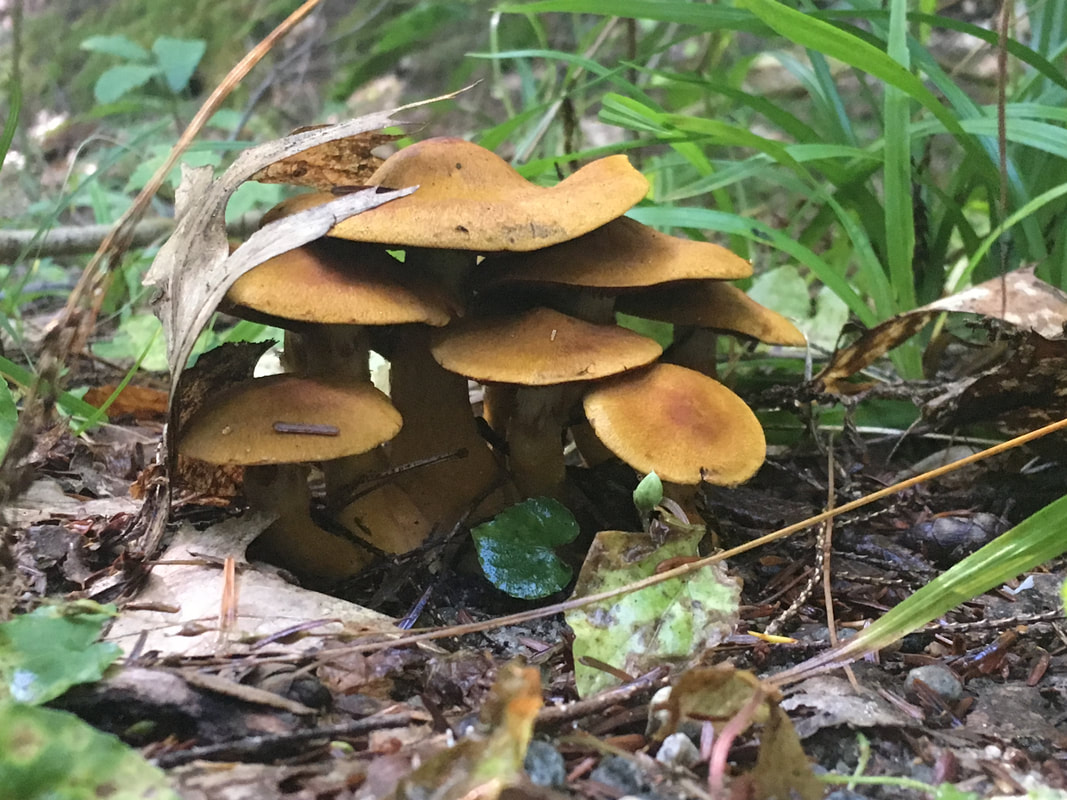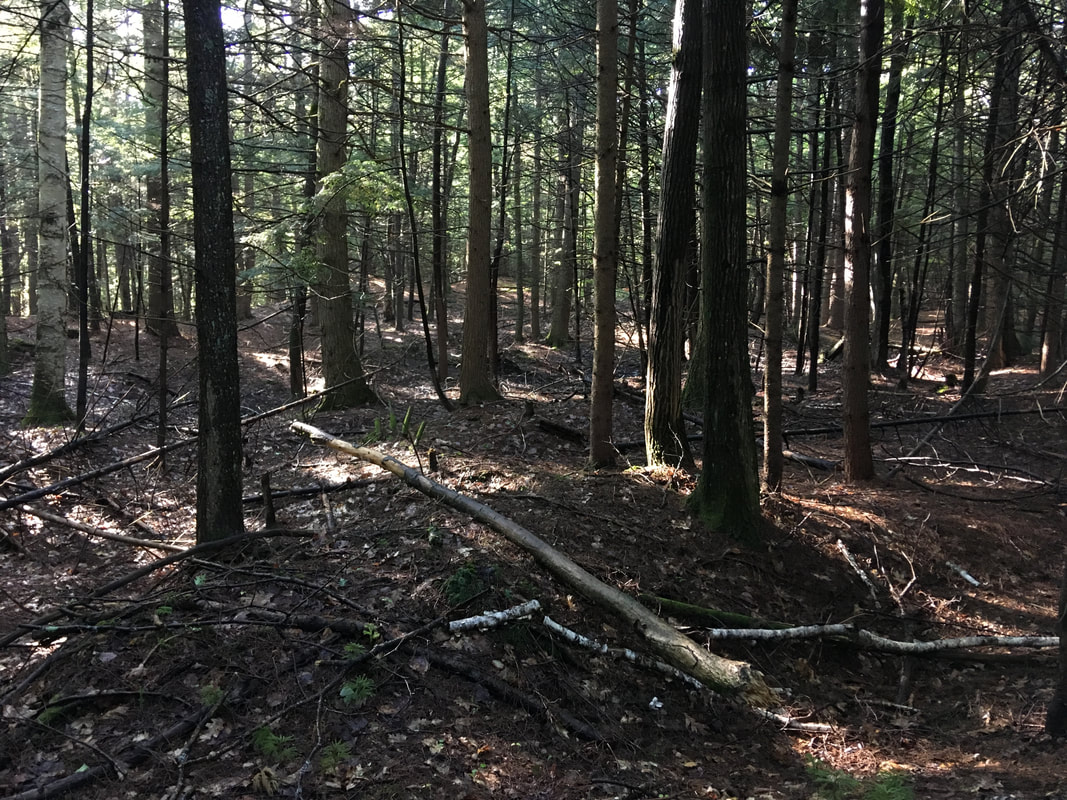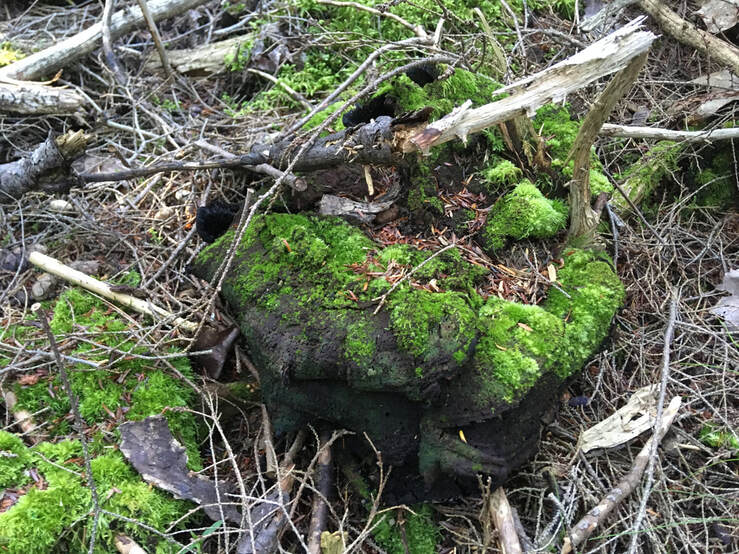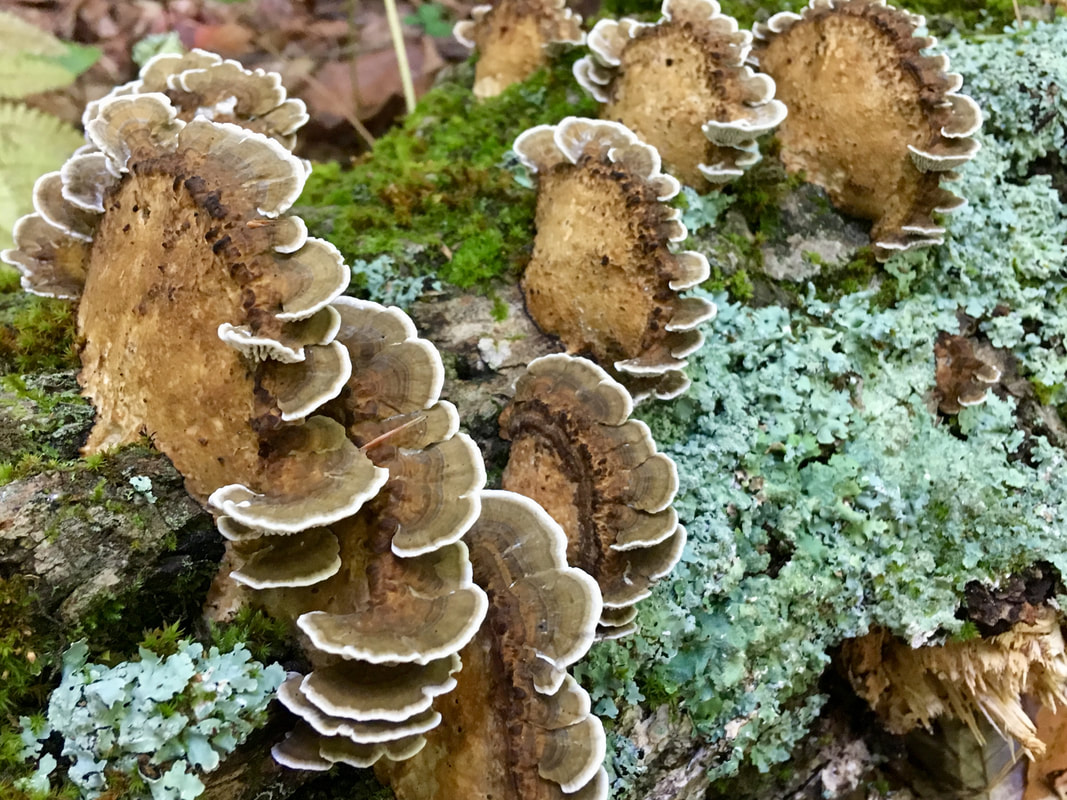|
I want to share an exercise that I used to start off the foraging part of my workshop in August. In thinking about what would be valuable for students to take away with them, I reflected on the things that foraging and growing natural dyes has taught me beyond the practical steps to transferring color to fiber, such as: new modes of being in the ecosystems around me, a way working with the sensitivity I have always felt towards non-human forms of life, and an intention to remain open to the possibilities of learning from the organisms that provide my dyes. These lessons mirror and support a whole philosophy of living slow, observing deeply, and exploring not just a creative practice, but an ethical and socially engaged life as well. Teaching the methods of dyeing is still the core of the workshop, but I hoped this exercise might open the door to the deeper lessons of working in collaboration with nature. I’d love to hear your feedback, additions and learnings. Modes of Being I introduce the exercise by suggesting that we each have different modes of being in natural places. Some examples are:
So, without judgement, reflect for a moment on what your common modes are. This exercise is basically a scripted version of my current “ethical forager” mode of being in the woods and learning about the organisms I encounter. The Exercise Next time you are outside, look around you and choose something natural to observe.
*If what you chose is currently living, try not to kill it or harm it while observing… we’re practicing nonviolent observation!* Start simply and directly First observe this organism, gently, using your senses. Just experience all the sensations without creating verbal descriptions:
Give it a name Now that you understand a bit about this organism, give it a name.
Fill out the story Now expand your curiosity beyond your senses and consider the personal story of this organism that you’ve just named. You can recall stuff you already know as well as information gleaned from your current (and maybe past) observations. You can also just silently ask these questions as you contemplate your new friend. Not that you expect to get a verbal answer, but asking questions sets an intention to learn and understand, and being open minded can reveal new paths of understanding.
It’s totally fine to not know the answers right now. And if you‘re like me, you might end up googling stuff and/or ordering books when you get home! Widen your view Now thank the organism you’ve been communing with and glance around at all of the other parts of the forest, and other people if you are in human company, and take in this place made up of all these organisms, each with its own story and relationships. If previously the natural environment around you was a backdrop to your mental and physical activities, my hope is that it has just become a multitude of engaging presences whose life you are better attuned to. I think this type of inquiry contains both the skills for discovery and identification, as well as the basis for the decision making process of ethical foraging. What we truly understand, we also tend to love and protect. If you keep observing and asking, year after year, as you visit places where wild dyes (and food) grow, you will learn their lives very intimately. Additional questions I ask myself constantly, are:
While it is good to start with some “rules” of how to be an ethical forager, such as “take no more than 50% of what you come across,” the rules can also limit us from fully engaging with the reality. I think, with continued care, practice and study, we all have the capacity to understand how ecosystems and their organisms function, if they are thriving, and how much of their bodies or population can be spared in any given moment that we encounter them. The result of these inquiries in my own foraging is that I take only what appears abundant, spend a lot of time visiting patches of interesting fungi or plants, and let the surplus of the season guide what I make. This summer has been dry and flushes of mushrooms are scarce, therefore there are several patches and individuals that I won’t harvest from. I want to allow every chance for spores to spread, and not cause any harm to the underground mycelium if the organism is stressed. Next year I will see what results my actions combined with all the other forces of nature produce, ask all the questions again, and adjust again. This is how humans can work within the sustainable balance. For the workshop, I left it there and we continued on a short walk to visit and collect a few dye lichens and mushrooms who I knew were in the area. In the ever expanding universe of questions the line of inquiry might continue:
One of the beauties of foraging for materials is that it is so simple and direct, yet it invites us into different worlds. Perhaps after reading this someone might ask, “Why risk doing any harm to an ecosystem? Why take the time to learn all the organisms? Why not just purchase dyes?” But inquiring into the life cycles of chemical, or mass-produced natural dyes, will most likely lead to more cases of harm. At least on a small scale, there is a profound richness to being responsible and confident about our ethical decisions, and learning to contribute to thriving ecosystems in our neighborhoods.
2 Comments
Treah Pichette
9/16/2019 04:05:27 pm
This is so special, Hannah!
Reply
9/18/2019 08:40:55 pm
I loved this exercise and thought it was the perfect way to begin the workshop! I'm almost done reading Braiding sweetgrass too.
Reply
Your comment will be posted after it is approved.
Leave a Reply. |
AuthorHannah Regier Archives
May 2023
Categories
All
|







 RSS Feed
RSS Feed